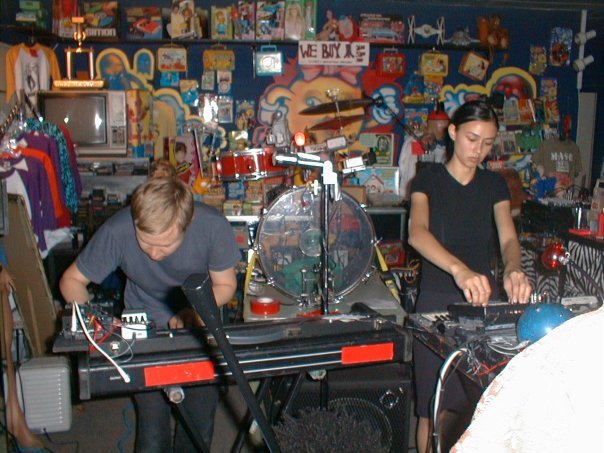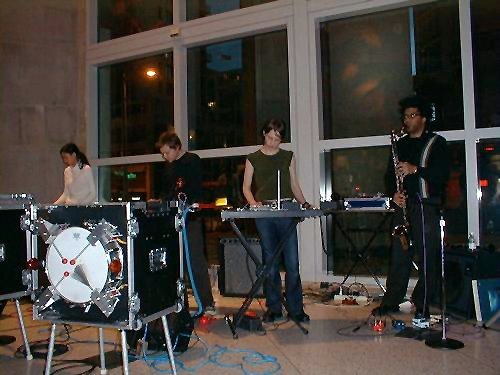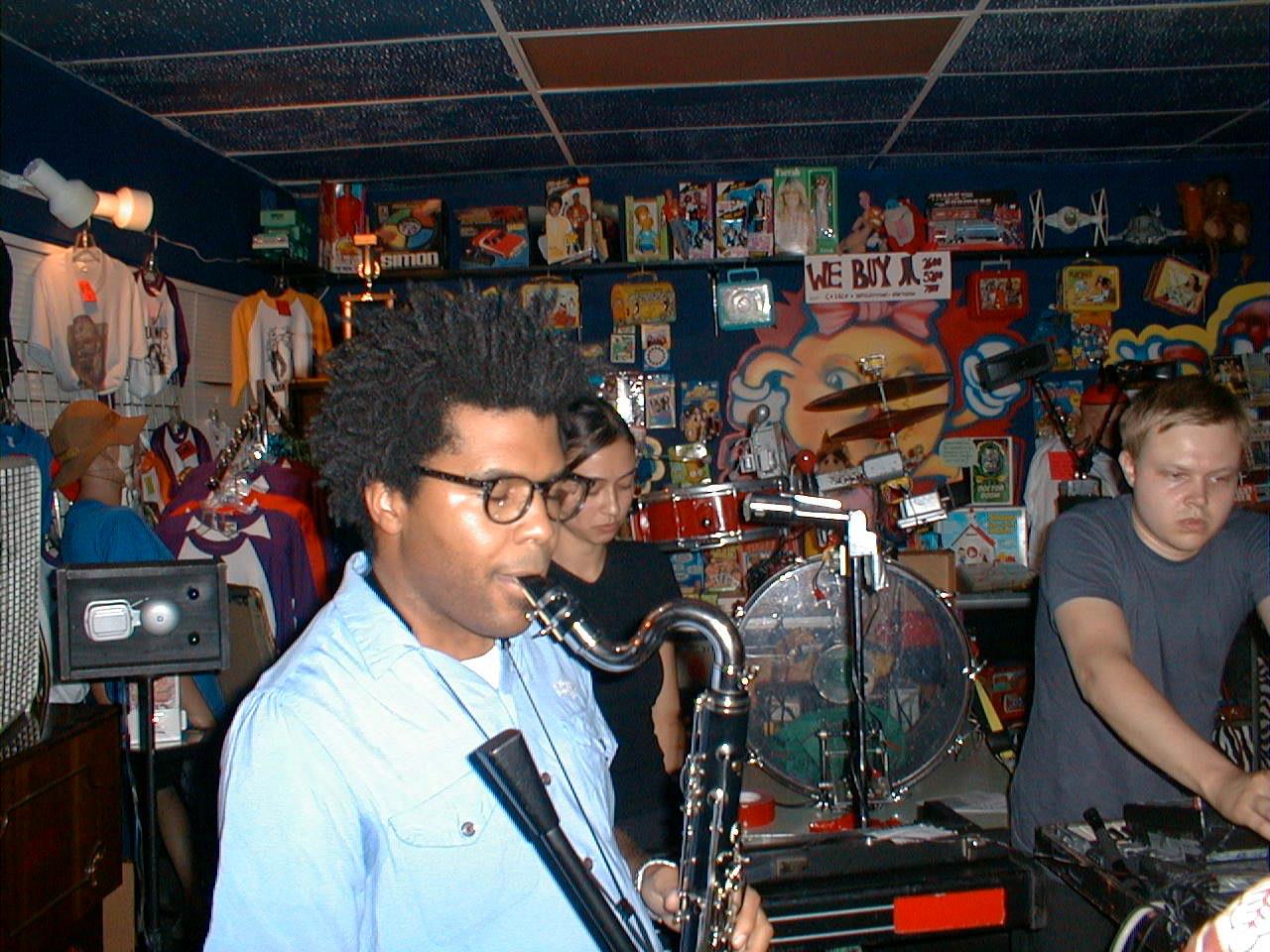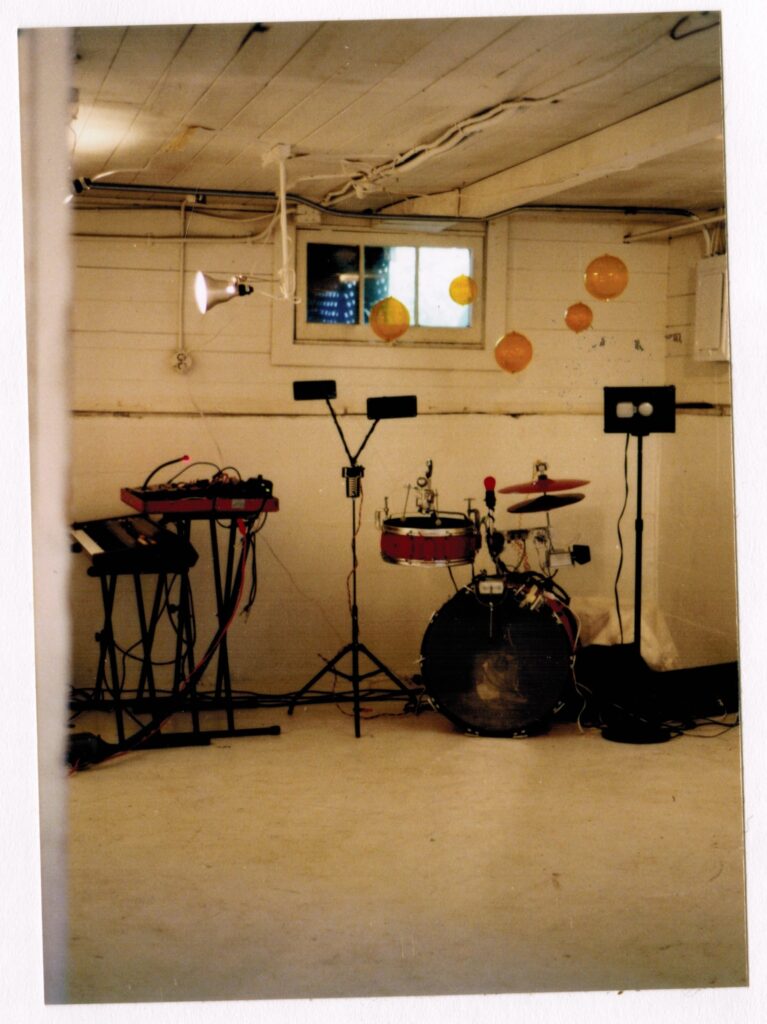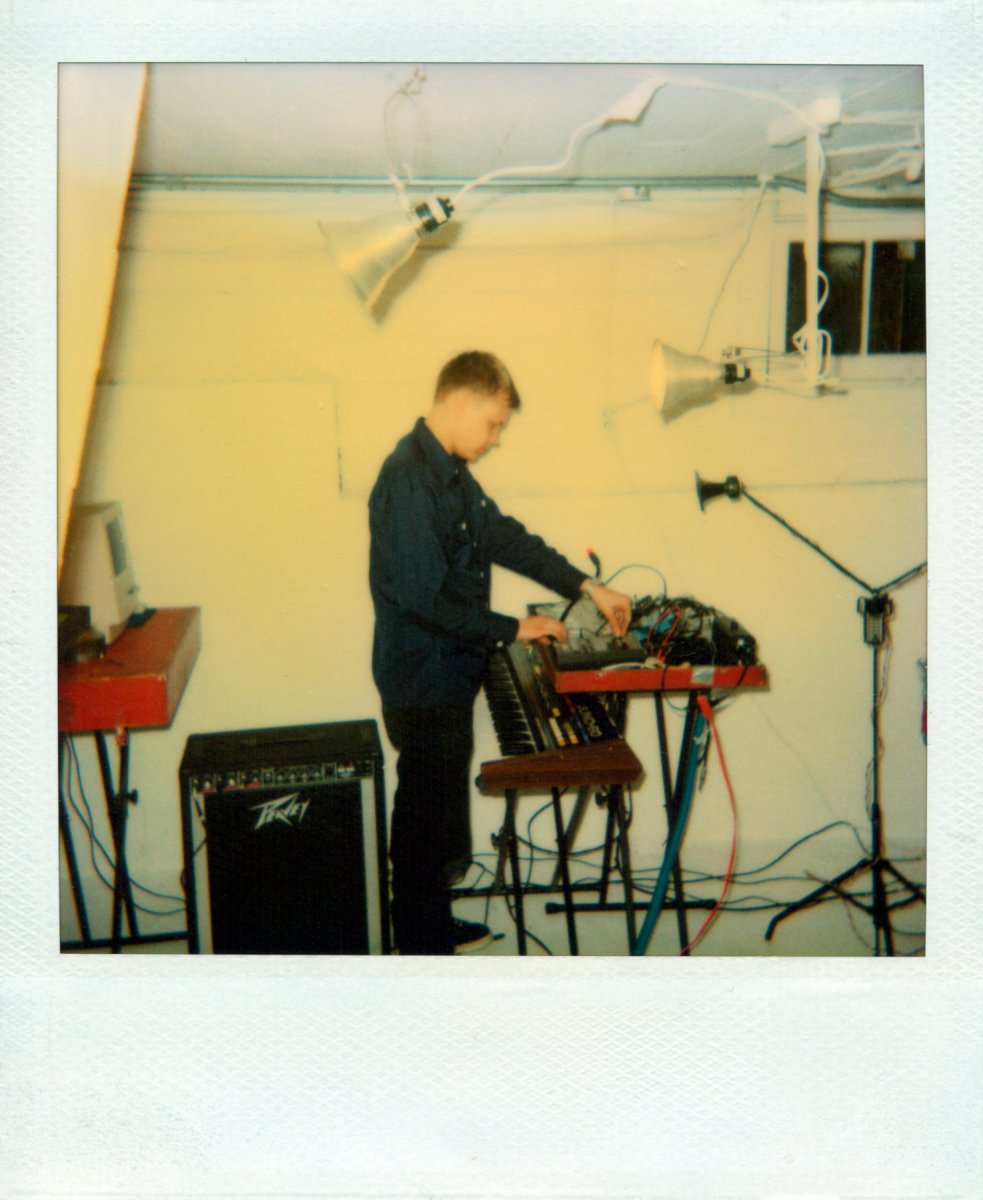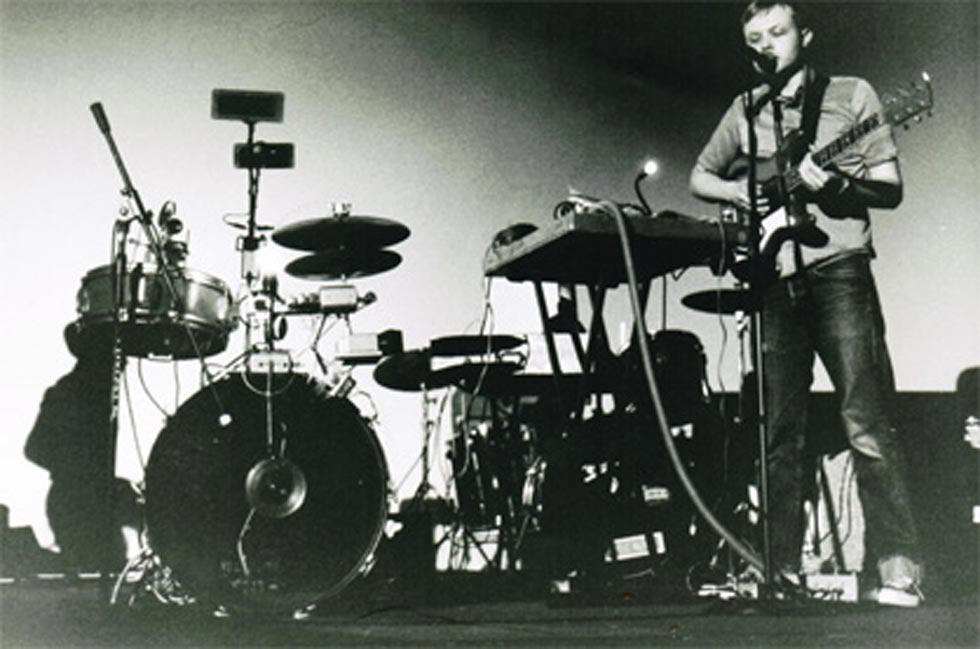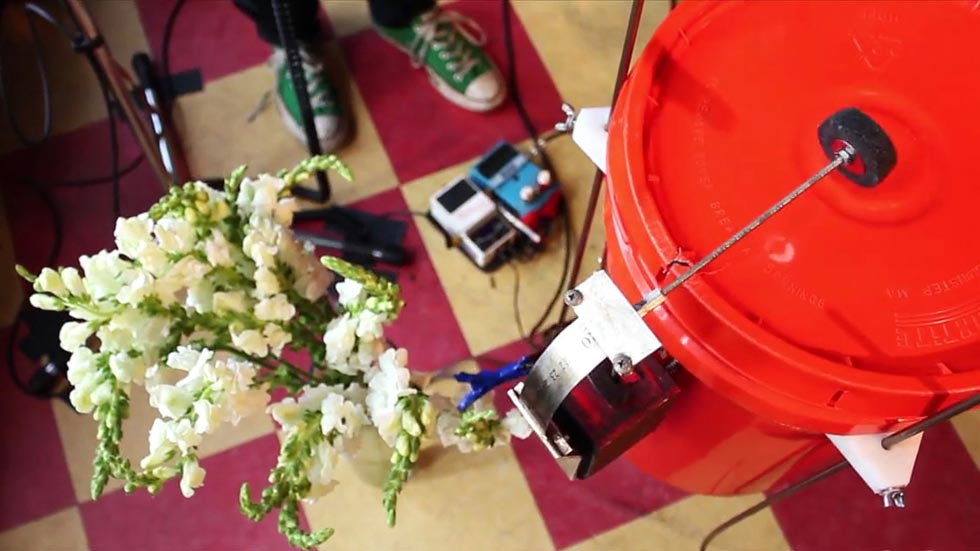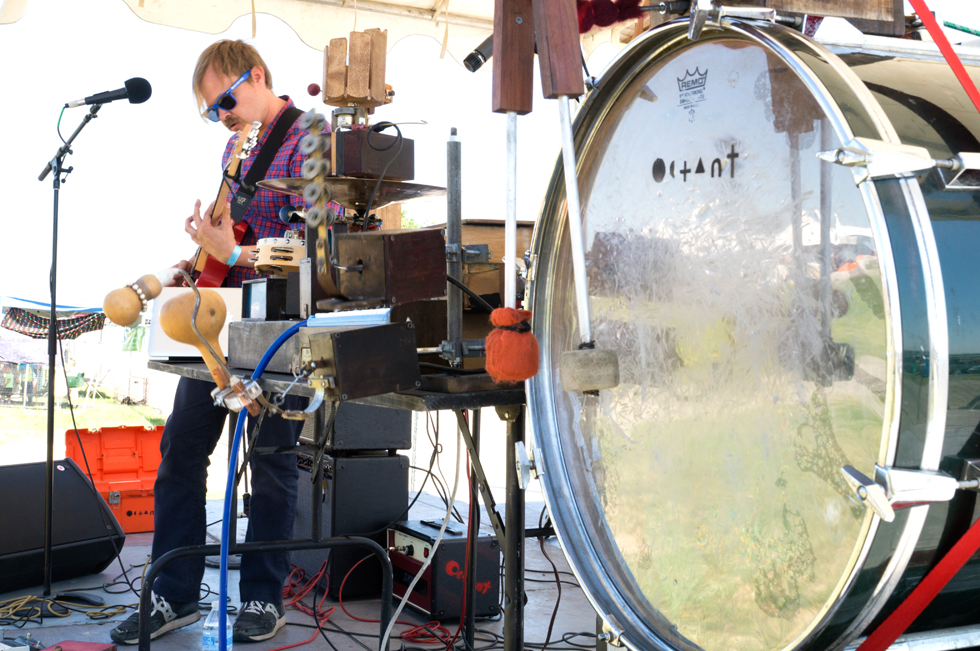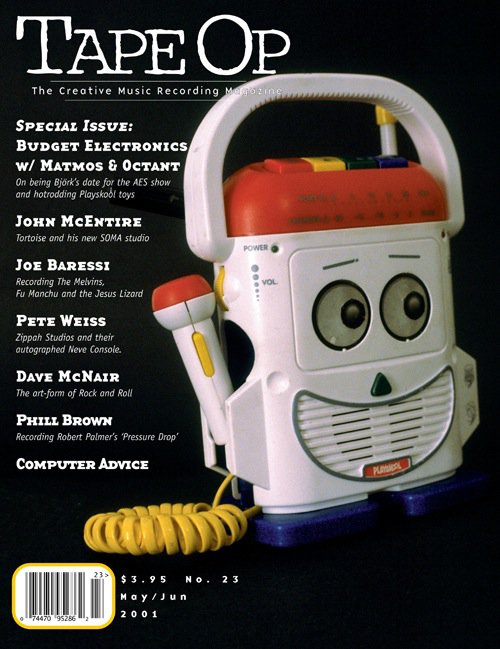
1997-Present
“This willingness to reject conventional ideas about electronics, music, and electronic music defines Octant’s unpretentious yet inventive stance.”
– Heather Phares (AllMusic)
“…a stunning burst of new wave pop hooks and primitive electronica that actually works against all odds.”
Alternative Press (12/99)
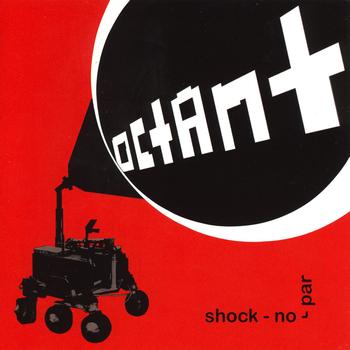
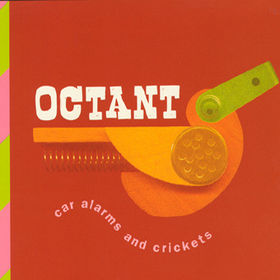
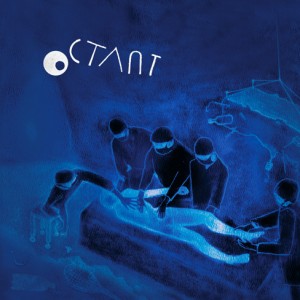
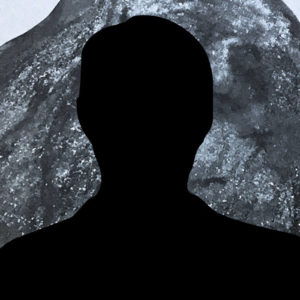
Octant Background Notes
Octant became a multimedia experience where machine-human interactions, kinetic art, lighting, and music converged in everyday bars and all-ages venues. While robotic percussion could have been regarded as a cheap gimmick, my focus was creating compelling sounds and visually engaging instruments. Looking back, Octant was ahead of its time, foreshadowing the rise of homemade instruments in electronic music and the Maker movement that gained traction a decade later. Octant was also embedded within the DIY post-punk scene of the 1990s Northwest, joining the creative ranks of bands on labels like K, Kill Rockstars, and Up Records, as well as other DIY projects like Miranda July’s Joanie 4 Jackie (formerly Big Miss Moviola).
Using a robotic percussionist began as a dare from a bandmate in another project, as drummers were hard to find and often over-committed. Developing an acoustic drum machine addressed a technical problem while offering an intriguing aesthetic experiment. I aimed to create a touring and recording project that operated like a conventional band while learning to program music, design circuits, and craft new musical objects. This process sparked a deep and ongoing exploration into robotics and experimental instruments within art.
1999 Album, “Shock-No-Par”
The Octant album Shock-No-Par, released in 1999, is an early and significant example of an album that prominently incorporates live performances of robotic musical instruments. The project combined traditional and unconventional instruments with robotic mechanisms to create a distinct sound. Shock-No-Par is noted for its inventive and creative integration of robotic instruments within a contemporary music album, merging indie rock with experimental textures. This release played a role in generating broader interest and recognition of robotics in music production, showcasing the potential for robotics to expand musical expression and redefine the sonic landscape of contemporary music.
More reviews are below.
A documentary that was shot in 1999 in conjunction with the release of the first record, Shock-No-Par.
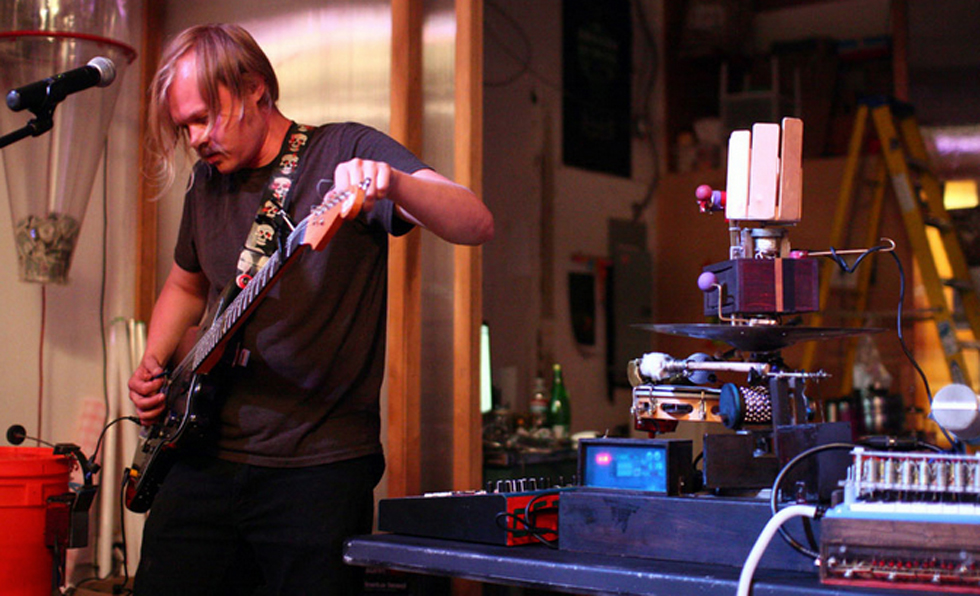
Machine Project, LA 2011
